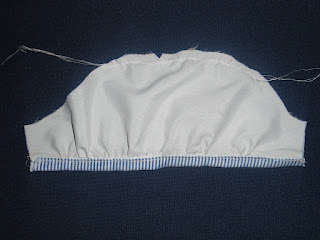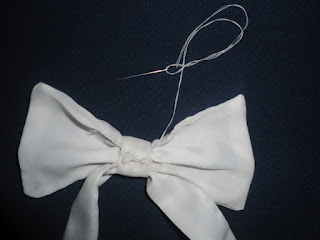Watch out for the tutorial.
You can find lots of free PDF printable sewing patterns on this page on my blog. You can download and use them to create your own clothes.
You can also click the Free Sewing Patterns Page at the top of this blog page (under the blog title) to find more free sewing patterns.
Click the link below to browse all the free PDF sewing patterns for women:
Click the link below to browse all the free PDF sewing patterns for kids:
Click the link below to see the complete list of Free PDF Sewing Patterns for 18-Inch Dolls:
Click the below links to browse through all the pattern drafting and sewing tutorials on my blog.











































































